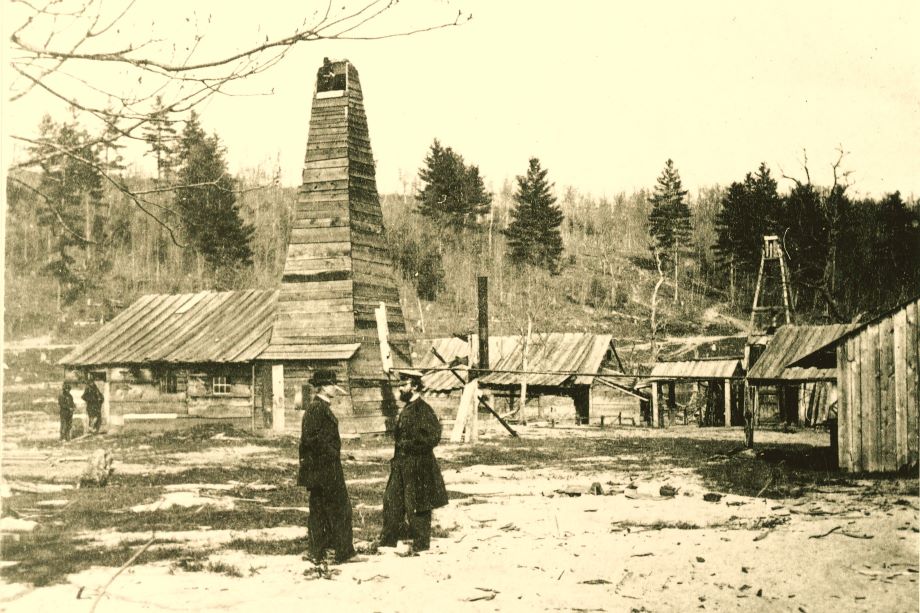National Academies Hosts Webinar on Measuring the Gender Gap in STEM
National Academies Hosts Webinar on Measuring the Gender Gap in STEM
Last week, the National Academies held a webinar titled, “Measuring and Reducing the Gender Gap in the Mathematical, Computing, and Natural Sciences.” The webinar features four women who each wrote chapters of a new book titled, “A Global Approach to the Gender Gap in Mathematical, Computing, and Natural Sciences: How to Measure It, How to Reduce It?” The book is the product of The Gender Gap Project, a project funded by the International Science Council and eleven partner organizations with the aim to reduce the gap between women and men in STEM careers.
The four speakers include:
Panelists went through how the study was conducted and shared how the responses can be used to achieve the greater outcomes of the project. There are a series of recommendations that have resulted from the project. Four of the recommendations are amid specifically at parents and instructors, seven are aimed at local organizations, and 10 are aimed at “scientific unions.” The specific recommendations for each group can be found in this handy pamphlet that summarizes much of the work accomplished by the project researchers.
For much more information, please visit the project’s website at: https://gender-gap-in-science.org/.
The four speakers include:
- Susan White, Interim Director of the Statistical Research Center (SRC) at the American Institute of Physics
- Helena Mihaljevic, Professor for Data Science at the University of Applied Sciences (HTW) Berlin
- Merrilyn Goos, Professor of STEM Education at the University of Limerick, Ireland, and Director of EPI*STEM – the National Centre for STEM Education
- Mei-Hung Chiu, Distinguished Professor of Science Education at the National Taiwan Normal University
Panelists went through how the study was conducted and shared how the responses can be used to achieve the greater outcomes of the project. There are a series of recommendations that have resulted from the project. Four of the recommendations are amid specifically at parents and instructors, seven are aimed at local organizations, and 10 are aimed at “scientific unions.” The specific recommendations for each group can be found in this handy pamphlet that summarizes much of the work accomplished by the project researchers.
For much more information, please visit the project’s website at: https://gender-gap-in-science.org/.



